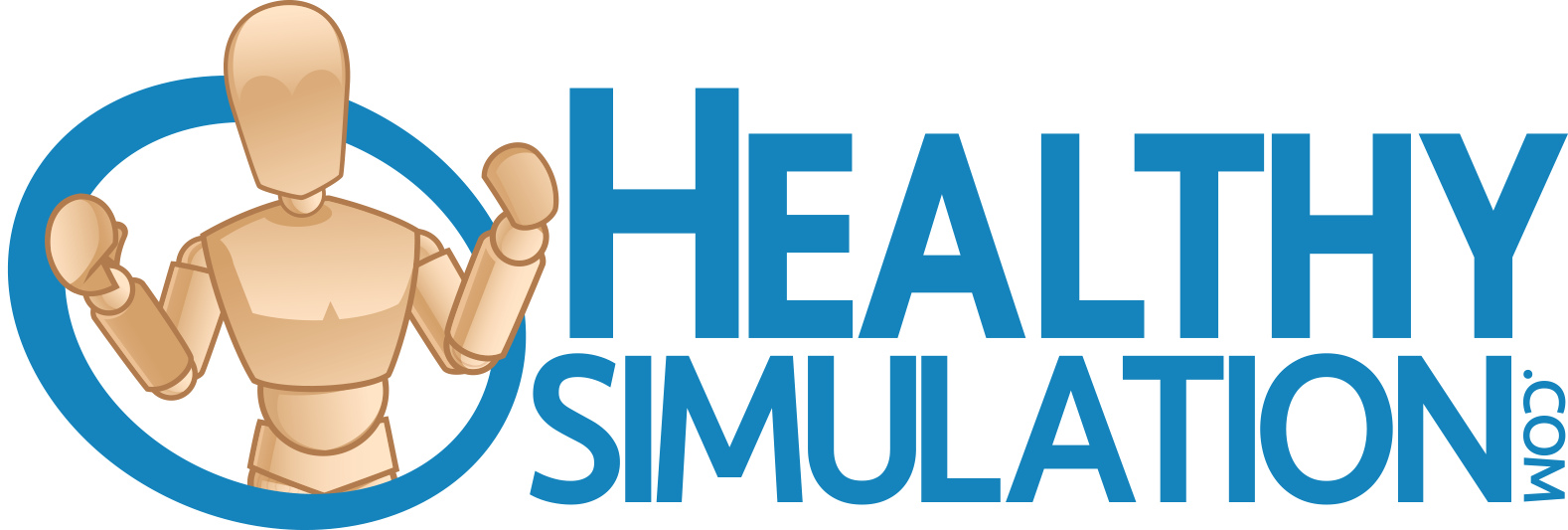Healthcare Simulation Online CE Courses
JULY ONLY SPECIAL!
Save 20% on Every CE Courses Below:
Use Discount Code "SUMMER22" At Checkout!
Save 20% on Every CE Courses Below:
Use Discount Code "SUMMER22" At Checkout!
50% OFF: BLACK FRIDAY DISCOUNT!
Instantly Available: Online CE Healthcare Simulation Courses
\Learnworlds\Codeneurons\Pages\ZoneRenderers\CourseCards
Currently Available Medical Simulation Courses
\Learnworlds\Codeneurons\Pages\ZoneRenderers\CourseCards

